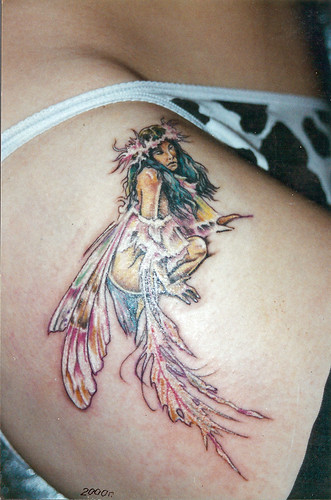
Art is Alive catches up with Jane Neal, Curatorial Director of London's first not-for-profit space to focus on art from Russia and Central and Eastern Europe. Calvert 22 opened last week with an inaugural exhibition entitled "Past Future Perfect" which will last until 16 June 2009. Jane Neals tells us more about it.
Can you tell us more about Calvert 22 ?
Calvert 22 is the first London-based, not-for-profit organisation dedicated to promoting contemporary art from Russia and Eastern Europe. It was founded by the Russian art collector and economist, Nonna Materkova, and it is committed to bringing some of the most exciting established and emerging artists from this region to the London art scene. Calvert 22 is situated in Shoreditch, at the heart of London's vibrant cultural centre.
Can you tell us about the inaugural exhibition, Past Future Perfect?
Calvert 22 opened its doors to the public on 13 May 2009 with its inaugural exhibition, Past Future Perfect. The show is curated by David Thorp and features the work of five leading contemporary Russian artists: Alexander Brodsky, Pavel Pepperstein, Haim Sokol, Leonid Tishkov and Stanislav Volyaslovsky. Although the artists vary greatly in terms of the chosen media of their practice, they connect via their common desire to excavate the past; to explore both collective and personal mythologies; and through the realisation of their imaginings of the future. The majority of works in Past Future Perfect are on show in the UK for the first time.

What is the ethos of the space?

What is the ethos of the space?
Calvert 22 is a not for profit foundation committed to promoting talented established and emerging artists from Russia and Eastern Europe and showcasing their work in the heart of London’s art scene. Besides establishing a strong programme of exhibitions, Calvert 22 is keen to establish an archive, library, education programme and an events series that will both support its exhibitions and encourage and promote research in contempoary Russian and Eastern European art and foster cultural exchange and debate between London and the UK and Russia and Eastern Europe.

How are the curators chosen?
The process is a free rather than a prescribed one, very much a two-way dialogue, and reflects the enthusiasm, interests and aims of both the curators and the Calvert 22 team. Regarding the first exhibition, David Thorp expressed his keen interest in curating a show of contemporary Russian art for Calvert right at the beginning of the space’s renovation. His ideas for putting together an exhibition were in line with Calvert 22’s belief that contemporary Russian art should reflect something of the quality of the ‘mysterious Russian soul’ and that it would be more interesting for the British public to see something of the sensitive, and poetic side of contemporary Russian art as can be found in Leonid Tishkov’s work, for example, in conjunction with the introduction of artists who are addressing subcultural references such as Stas Volyaslovsky, or dealing with issues of identity and memory, such as Haim Sokol. The second exhibition is to be curated by me and reflects my interest in the developing careers of strong, emerging painters from Russia and Eastern Europe. These past four years I’ve worked extensively with painters from Romania and Hungary in particular and I relish the opportunity to showcase some of these highly talented young individuals in the Calvert 22 space and programme. Our third exhibition, ‘Re imagining October’ is to be curated by Mark Nash and Isaac Julien and will reflect their expertise and passion for contemporary film and video, coupled with their fascination for examining the impact and legacy of revolution and the end of the soviet era, and the research, discovery and presentation of established and emerging artists from Russia working in film and new media. Our fourth exhibition promises to be very exciting, it will open on 9th November and will commemorate the 20th anniversary of the fall of the Berlin Wall. Going forwards we hope to not only promote artists from Russia and Easern Europe, but also young and established curators, writers and academics too.
How were the artists selected?
As I mentioned previously, we wanted to select artists that reflect the more poetic, sensitive and unpredictable qualities of Russian contemporary art. We were keen to feature works that would hopefully be exciting and intriguing and unexpected for a British audience, and that would engage with Russia’s past while also projecting forwards to its future.

Are you planning partnerships with other institutions in London or in the world?
We are very eager to establish Calvert 22 as part of London’s rich and varied art scene. At the moment we’re basking in the great reception we’ve enjoyed for our first show and eagerly planning and working towards our up-coming exhibitions. It is early days, and as the year unfolds we will continue to develop our plans for Calvert 22.
If you haven't been yet, run !

Image Captions
Leonid TishkovThe Knitling, 2002© - The ArtistPhoto: Franc HerfortCourtesy of the Artist and NCCA, Moscow
Installation Shot CaptionsAll imagesPhoto: Stephen WhiteCourtesy Calvert 22, London
To learn more: http://www.calvert22.com/




















